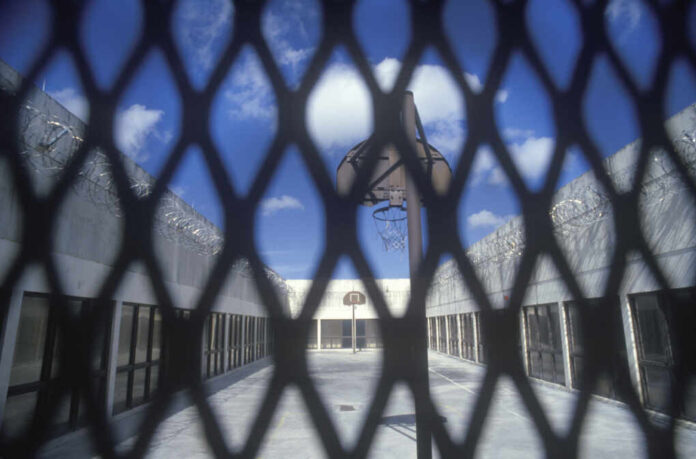
Despite clear video evidence and public outrage, New York prison guards who brutally beat a handcuffed inmate in a camera-free exam room faced no immediate punishment.
Story Snapshot
- Bodycam footage captured guards beating Robert Brooks while he was handcuffed, yet no guards were promptly disciplined.
- New York prisons have a history of abuse, especially in medical exam rooms lacking surveillance due to privacy rules.
- Recent policy changes require more bodycam use, but families and advocates say systemic problems remain.
- Criminal charges against guards are rare, and convictions even rarer, fueling demands for accountability and oversight.
Systemic Abuse Hidden in “Privacy” Zones
On December 9, 2024, Robert Brooks, a 43-year-old inmate, was transferred to Marcy Correctional Facility in New York, where he was led—handcuffed—into a medical exam room by six guards. That room, chosen precisely for its lack of surveillance cameras under the guise of “privacy,” became the scene of a fatal beating. Although policy is supposed to protect both inmates and staff, these so-called privacy zones have become notorious hiding places for unchecked violence, allowing abuse to flourish beyond the reach of oversight. The body-worn cameras, only partially activated, inadvertently recorded the brutality.
Watch: With prison system in crisis, NBC obtains new footage of violence against NY prisoner
The footage, released in February 2025, shows the grim aftermath: Brooks, still handcuffed, left bloodied and unresponsive. He died the next day at a local hospital, and public outrage quickly followed. Yet, despite the rare visual evidence and a chorus of demands for action, authorities delayed disciplinary measures against the guards involved. The Department of Corrections and Community Supervision (DOCCS), tasked with maintaining order and upholding policy, seemed more focused on protecting its institutional reputation than holding individuals accountable.
A Bloody Prison Beating Was Caught on Video. No Guards Were Punished. https://t.co/JFv3ehhOUa ]
— judy gitlin (@heyjudenyc) November 3, 2025
Patterns of Violence and Lack of Accountability
This was not an isolated event. Over the past decade, New York’s prison system has seen at least 46 claims of abuse in infirmary settings, including three inmate deaths. In March 2025, Messiah Nantwi died under similar circumstances at a nearby facility, leading to murder charges against two guards. Yet, even with mounting lawsuits and Department of Justice reports highlighting 28 in-custody murders in 2022 alone, meaningful change has been slow. The pattern is clear: when government systems are left to police themselves—especially in areas shielded from public view—abuse thrives and accountability lags.
Reform Efforts and Persistent Gaps
In response to public pressure, New York prison officials have rolled out new body camera policies, requiring active recording during all inmate interactions—even in medical exam rooms. DOCCS Commissioner Daniel F. Martuscello III has mandated that employees report any circumvention of bodycam policy, and new legislation is under consideration to close surveillance gaps. However, experts warn that cameras alone are not enough. The Marshall Project and ABC News both report that while body-worn footage is invaluable, true reform demands independent oversight, swift discipline for misconduct, and a complete culture change among correctional staff.
Broader Implications for Limited Government and Oversight
This crisis in New York’s prisons is a stark reminder that more government control does not guarantee justice or safety. Surveillance gaps, institutional protectionism, and bureaucratic inertia have combined to create an environment where abuse can be hidden and victims ignored. As President Trump’s administration continues to roll back overreach and restore law and order nationwide, stories like this underscore the enduring need for local accountability, transparency, and a renewed commitment to constitutional protections. Real reform means not only new policies but the courage to enforce them—no matter who is in uniform.
Sources:
Shocking footage shows handcuffed inmate died after prison beating, sparking calls for accountability
New York Prisons’ Infirmaries Are Hotbeds of Abuse and Secrecy

























